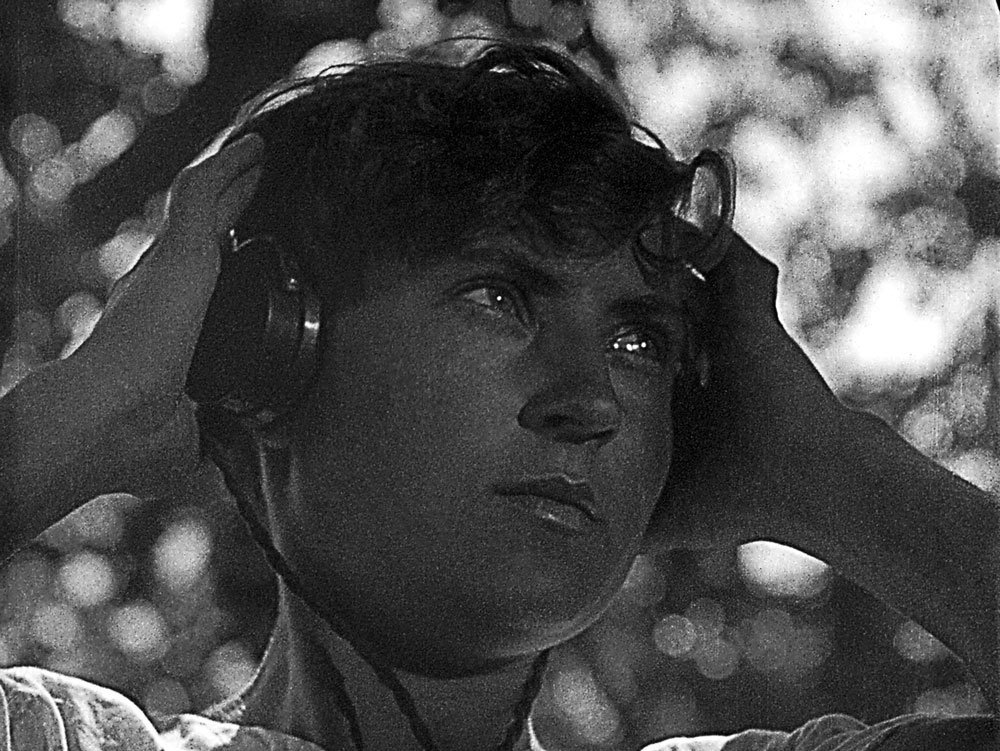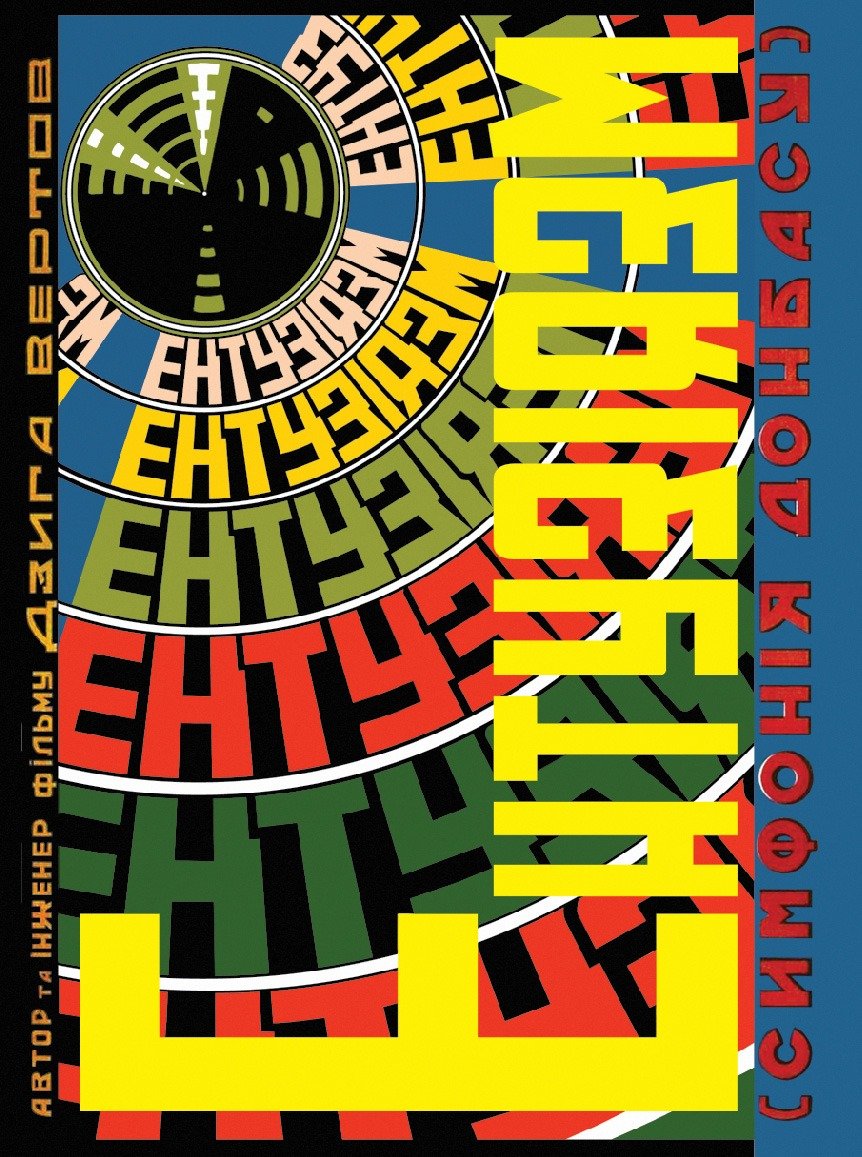
Enthusiasm. Symphony of Donbas / Entusiasm. Symfoniia Donbasu
1930
Ukrainian SSR
Ukrainfilm
70 min
Dziga Vertov
Borys Tseitlin
The film Enthusiasm stands as an audiovisual symphony that delves into the industrial, agrarian, and cultural fabric of the Donbas region during the inaugural Soviet Five Year Plan. It spotlights anti-religious campaigns, propagandistic marches, and the vibrant athletic culture of its time, marking a significant milestone as the pioneering sound film in Ukrainian cinema.
A luminary of the avant-garde movement and a champion of non-fiction cinema, Dziga Vertov, alongside the fellow filmmakers Mikhail Kaufman and Elizaveta Svilova, embarked on a creative journey to Ukraine in 1927, joining forces with VUFKU.
In Ukraine Vertov etched a lasting legacy through three remarkable films. Notably, The Man with a Movie Camera (1929) shines as a testament to his ability to actualize long standing concepts and experiments elucidated in his seminal 1918 manifesto. Yet, it was within Enthusiasm that he found the fertile ground to materialize his long-envisioned soundscape.
From the inception of his cinematic voyage, Vertov ardently awaited the dawn of sound cinema, believing it would bridge the chasm between film and reality, ushering in a more authentic representation of “truth.” As the 1920s waned, Vertov emerged as a fervent advocate for infusing sound into Soviet cinema, envisioning an auditory dimension that transcended mere visuals. He believed that films would not only resonate audibly but might even evoke olfactory and tactile sensations, heightening the viewer’s connection to depicted events.
The endeavor to craft the sound for Enthusiasm commenced in tandem with filming during the early spring of 1930. Vertov’s initial efforts unfolded within a Leningrad Studio, capturing a “noise” march intended to synchronize with 500 meters of film. Yet, a pivotal decision was made to infuse authenticity by interweaving genuine sounds from the real world, diverging from the realm of artificially concocted studio effects. This shift amplified the auditory dimension to span a thousand meters of the film. The synchronized soundscapes ultimately revealed the potential for an entirely sound-centric cinematic creation.
To encapsulate Enthusiasm’s sound, four members of Shorin’s Laboratory embarked on a journey to Donbas, laden with 70 kg of equipment in April of 1930. Nikolaev Timartsev pioneered a specialized mobile adaptation of the ‘Mikst’ apparatus for this mission. A series of test recordings ensued—capturing the sounds of May 1st parades, the Second Communist Party Congress in Kharkiv, the advent of the harvest, and the rally in Biriukovo, Luhansk region, heralding a nationwide production competition.
Although not the first all-Soviet sound film—Abram Room’s short film Five Year Plan had debuted a few months prior—Enthusiasm earns distinction as the foremost Soviet sound film that amplifies the spoken word not from political leaders, but from the regular worker.
Upon concluding Enthusiasm, Vertov bid adieu to Ukraine, rarely revisiting this period of his life in subsequent discourse. His ensuing opus materialized as a monumental montage film centered on Vladimir Lenin. As his journey unfolded, Vertov transitioned from one studio to another, grappling with systematic production denials, and witnessing his visionary initiatives obscured within a labyrinth of bureaucratic corridors.



